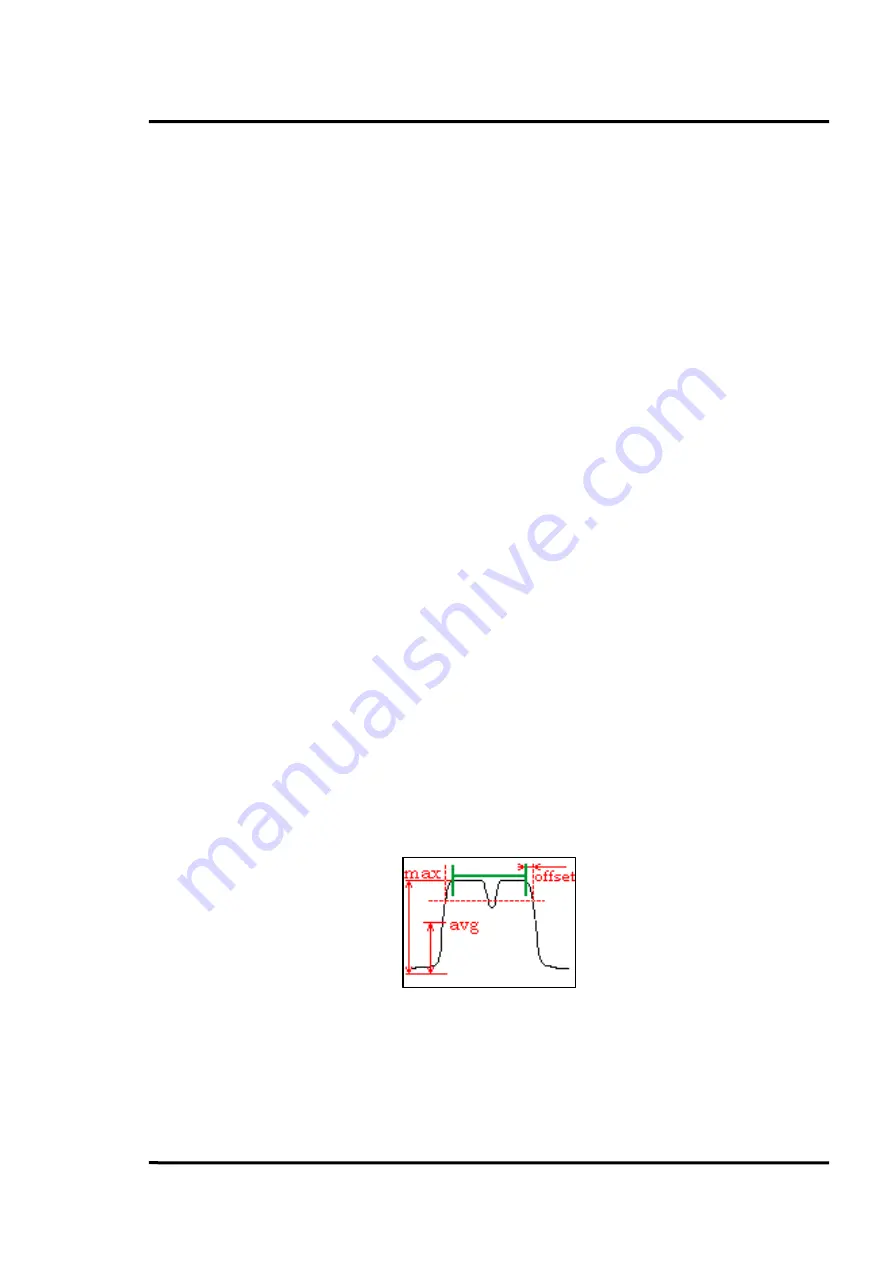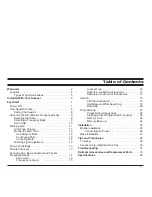
Dedicated Commands
MP150
Protocol
19
5.2.2
Sector Emissivity (
SE
)
For each sector, the emissivity may be defined for the infrared calculations with the
SE
command. If the
sectors overlap, the emissivity of the larger sector number gets used for the overlapping area.
In other words: The emissivity programmed for sector 0 (the digital interface) is only valid for the pixels
that are not covered/overlapped by any of the analog sectors as the digital interface uses the analog
output emissivities for the rest of the line.
As the MP150 scanner added some new emissivity functionality a special section was dedicated to this
subject
–
please see section
5.2.3
Sector Calculation (
SC
)
The sector calculation command
SC
defines the way the measured pixel values inside each sector and
zone will be summarized. If the calculation is switched off (parameter 0 is used), the corresponding
current output is not defined.
•
If the parameter = 1 is transmitted, the
minimum
temperature value within the sector or zone
will be output as a current.
•
If the parameter = 2 is transmitted, the
maximum
value will be output.
•
If the parameter = 3 is transmitted, the
average
value will be output.
•
Parameter 4 will give the
internal temperature
information to the current output
(command:
SCn4
). Therefore, the sector bottom must be set to 0 (for an output current draw
0 mA) and the sector top to 60 (for an output current draw of 20 mA) by:
SBn0000
,
STn0060
5.2.3.1
Sector Calculation “Width”
The sector calculation “width” is a special case, where the edges of the sector get determined by the
scanner and thus are not fixed. The assumption is that the scene to measure equals a plateau with a
distinct rising edge and a correspondent falling edge.
The left, rising edge gets set at the position where the temperature crosses the first time the threshold:
(avg + max) / 2
The right, falling edge gets set at the position where the temperature crosses this threshold the last time.
Figure 2 shall give an illustration:
Figure 2
The result (and the output as a current) is the width between the two edges.
To give this result in pixels would not help because the pixels have a constant distance in angle
–
the
width of the plateau would vary with its position in the scene. So, the result gets corrected for a plain
scene and a generic distance. In addition, it is multiplied by 8192 to get rid of floating-point numbers.
Содержание LineScanner MP150
Страница 1: ...MP150 Linescanner Protocol Manual Rev B4 Aug 2019 51101...
Страница 2: ......
















































